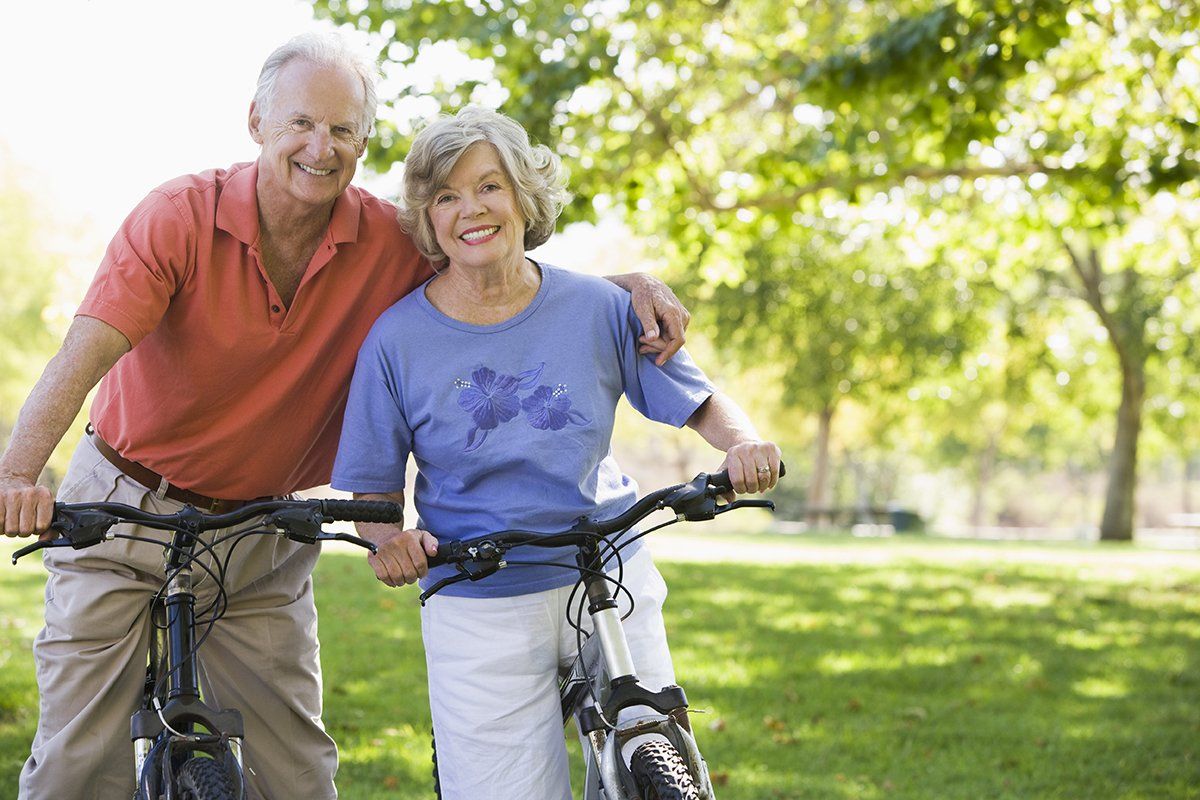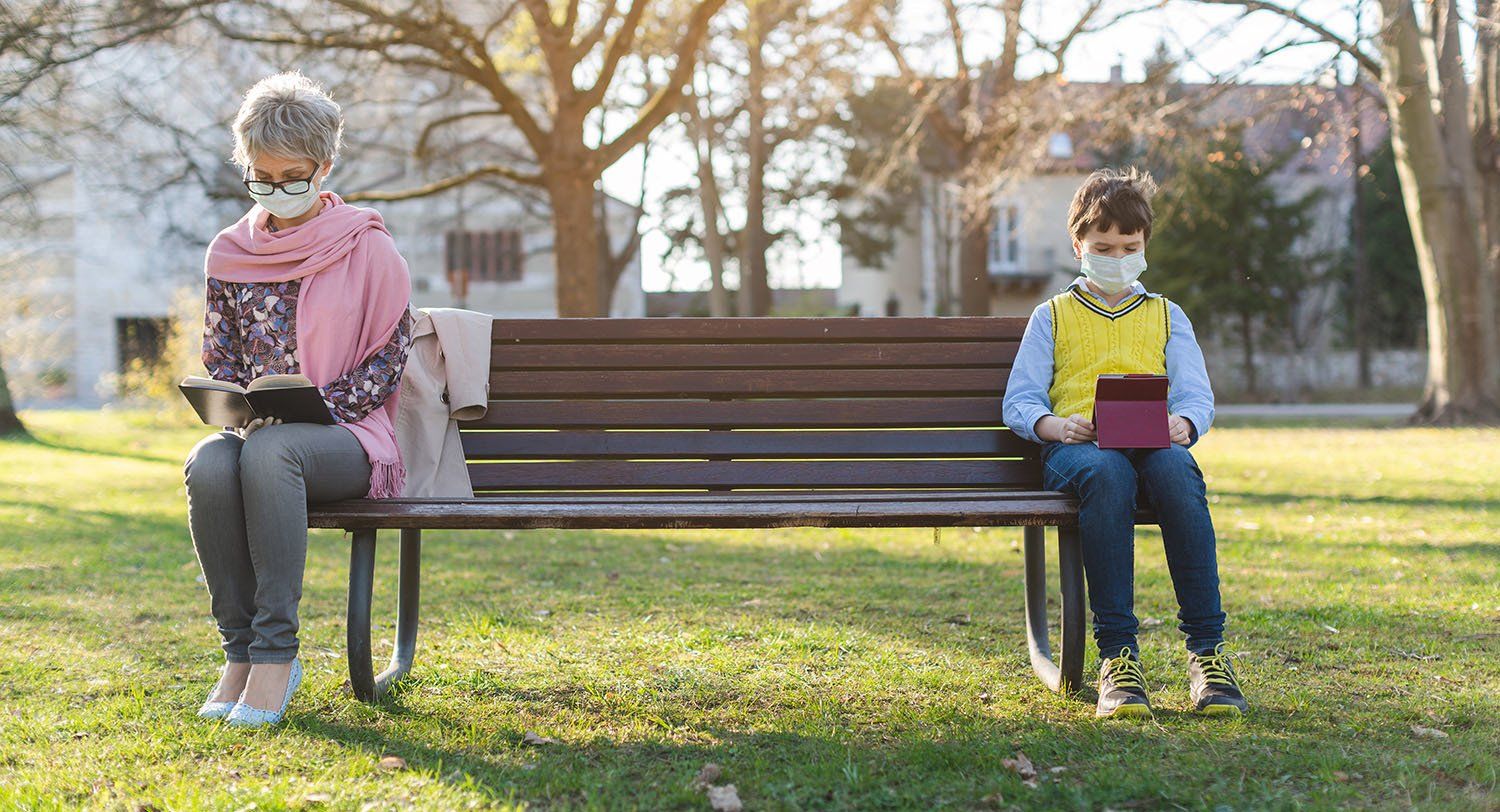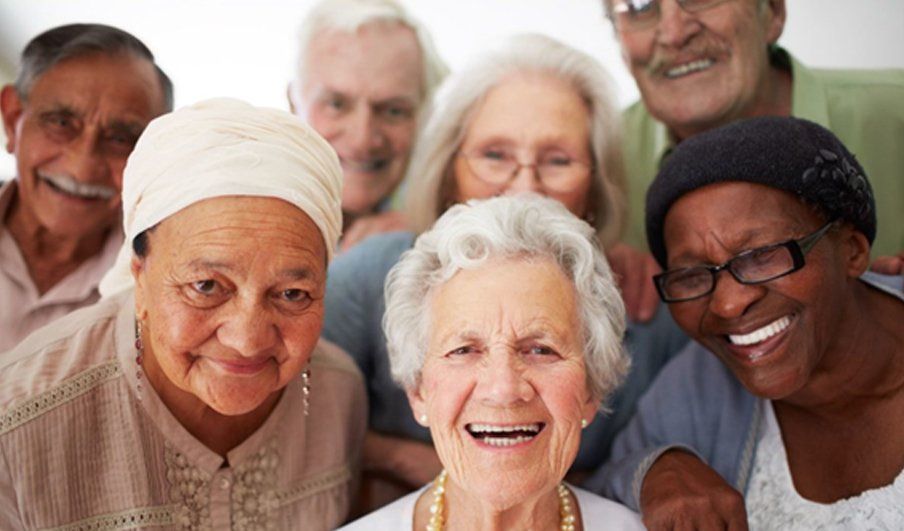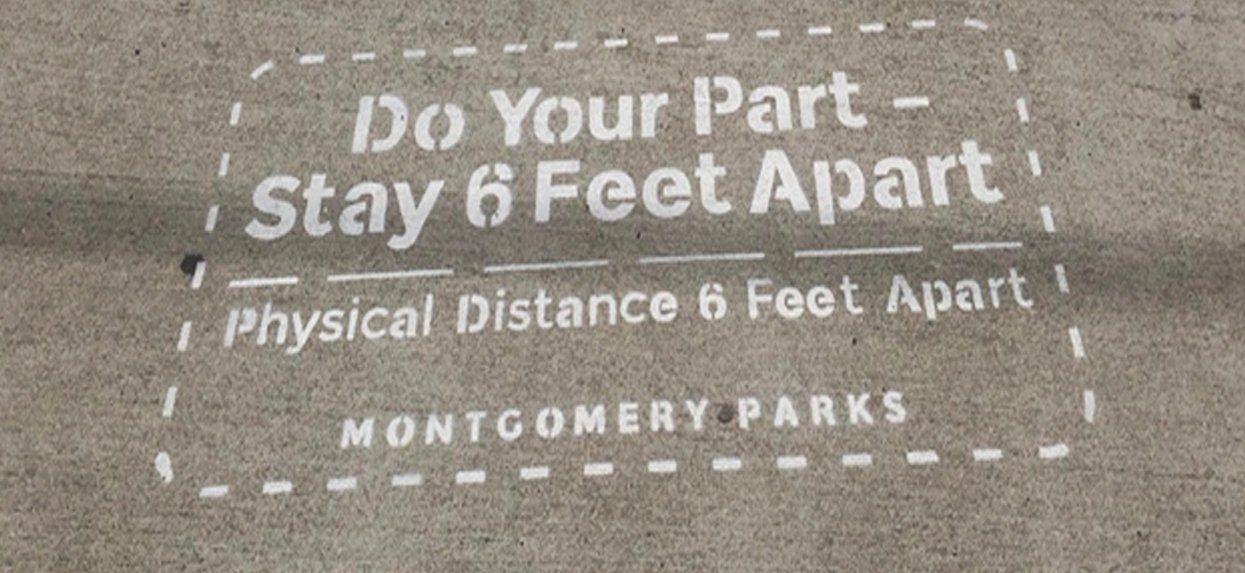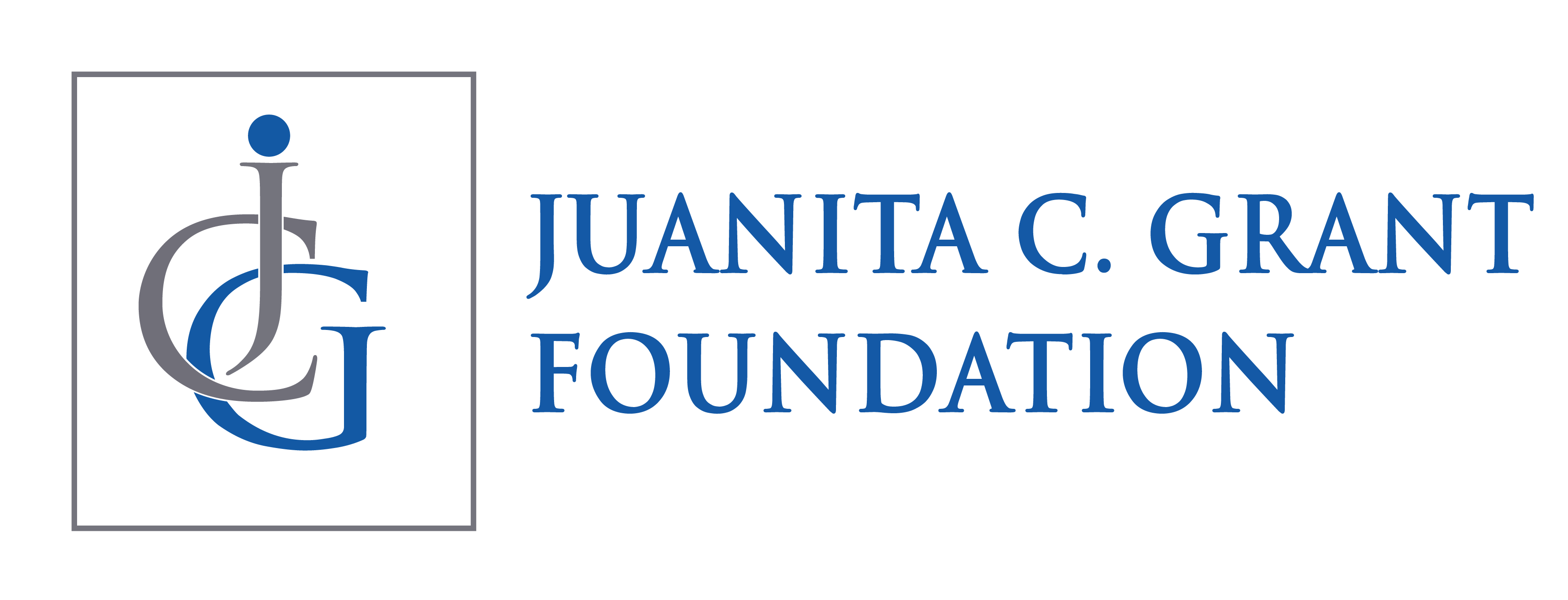Bridging the Gap: Why Co-Generational Programming Matters Now More Than Ever
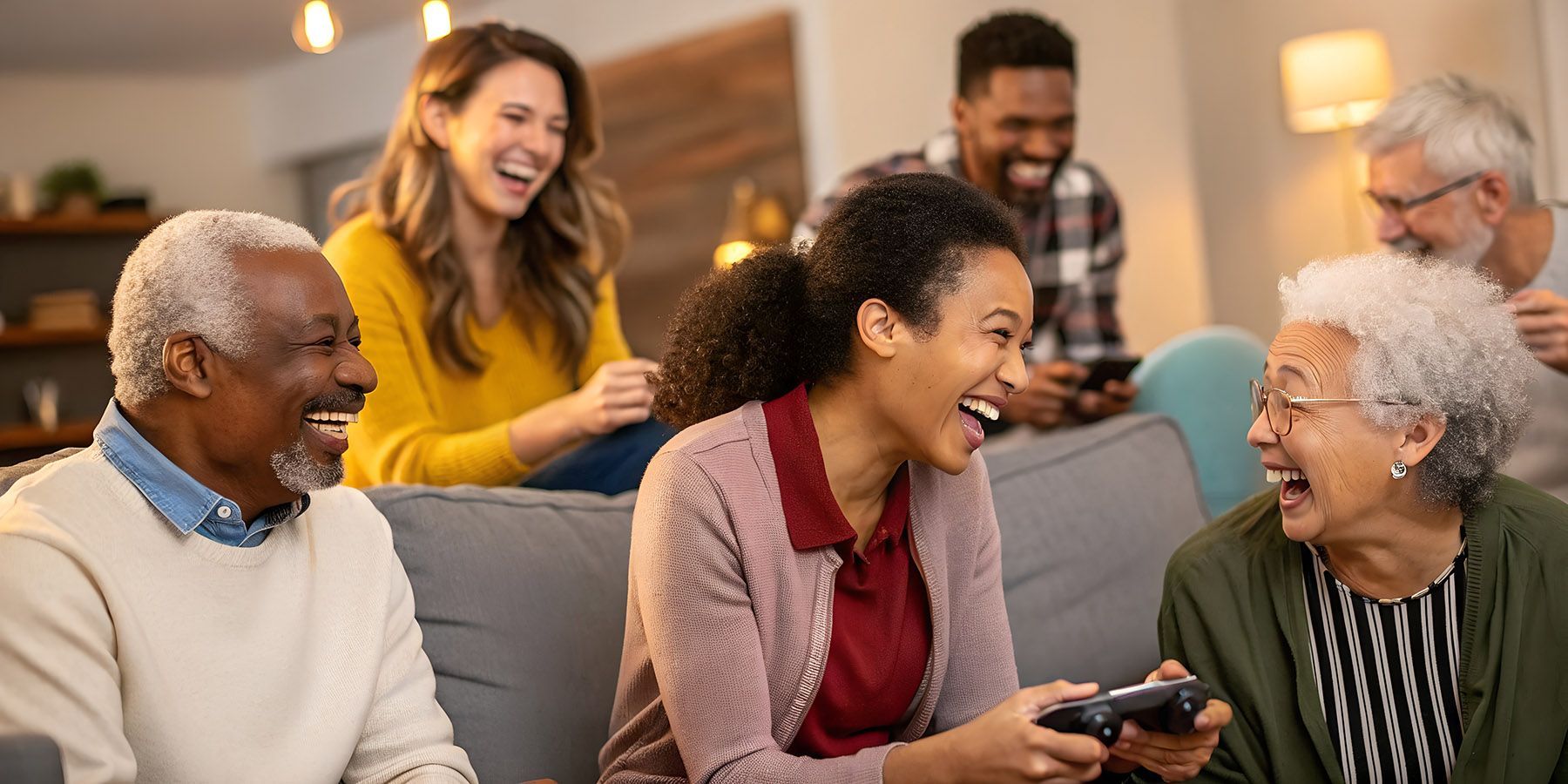
Co-generational programming isn’t just about gathering people of different ages in the same room, it’s about weaving a rich tapestry of stories, laughter, and mutual respect that bridges generational divides. Rooted in purpose and built on joy, these programs create intentional spaces where elders and youth can truly see one another. From bingo nights filled with belly laughs to sip-and-paint sessions where paintbrushes stir up old memories, these shared moments become more than just fun—they become acts of healing. As I often reflect, “My involvement with co-generation efforts through Y-KNOT has been a vibrant reflection of what it means to build bridges between generations through shared joy and connection.” These gatherings restore dignity, rekindle long untold stories, and remind us all that wisdom and wonder belong to every age.
The beauty of co-generational programming lies in its simplicity of bringing people together with intention and watch connection bloom. But behind the laughter and shared stories is a deeper purpose, one that speaks to the core of belonging and reciprocity. I’ve often said. “The programs provided were intentional spaces where young people and older adults found common ground.” These gatherings became more than events; they were expressions of community care.
One of the most powerful moments I’ve experienced came during a spirited game of bingo. An elder participant leaned in and whispered, “You made me feel young again.” In those six words, I heard decades of joy, isolation, memory, and hope. Healing doesn’t come from grand gestures, it comes from being seen, being heard, and being invited to the table.
When I learned about the work of the Juanita C. Grant Foundation, it didn’t just resonate; it rang like a bell in my spirit. Their mission to enrich lives through purposeful intergenerational connection was already something I had witnessed firsthand. “Their advocacy wasn’t theoretical—it was visible in the lives touched and the stories shared.” Partnering with them and joining the board was not only an alignment of mission, but it was also a call to amplify what we already knew: that change begins when generations come together.
In a world often marked by generational silos, co-generational programming dares to imagine something more beautiful, we invite transformation. “Joining the board felt like a natural next step—a chance to amplify these efforts on a larger scale. I saw not only a responsibility but a privilege: to stand in the gap for generations often spoken about, but not always spoken to.” The impact may begin with a shared game or a splash of paint, but its ripple can restore dignity, deepen empathy, and shape a more compassionate future—together.
Ready to Build Bridges?
If this message resonates with you, connect across generations today, whether it’s joining a local event, joining an organization like the Juanita C. Grant Foundation, or simply sharing a conversation that might brighten someone’s day. Sometimes, one moment is all it takes to change a life.
Must Read Newsletter
Sign up for news and events
Newsletter
Most Popular
